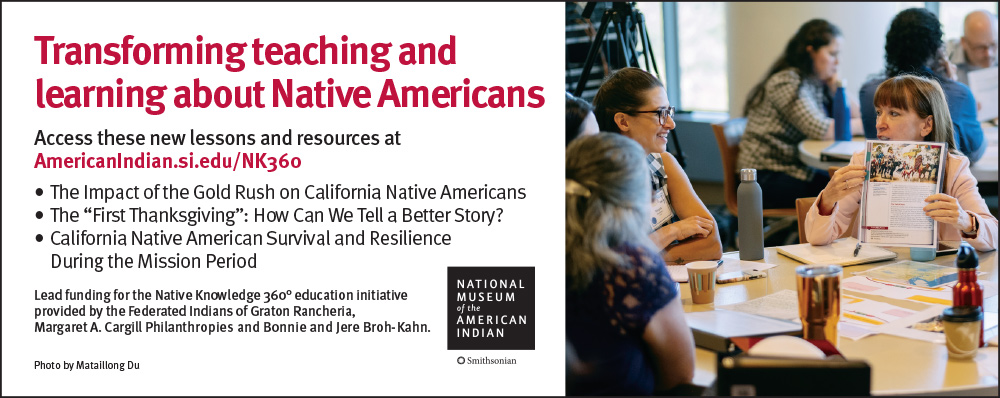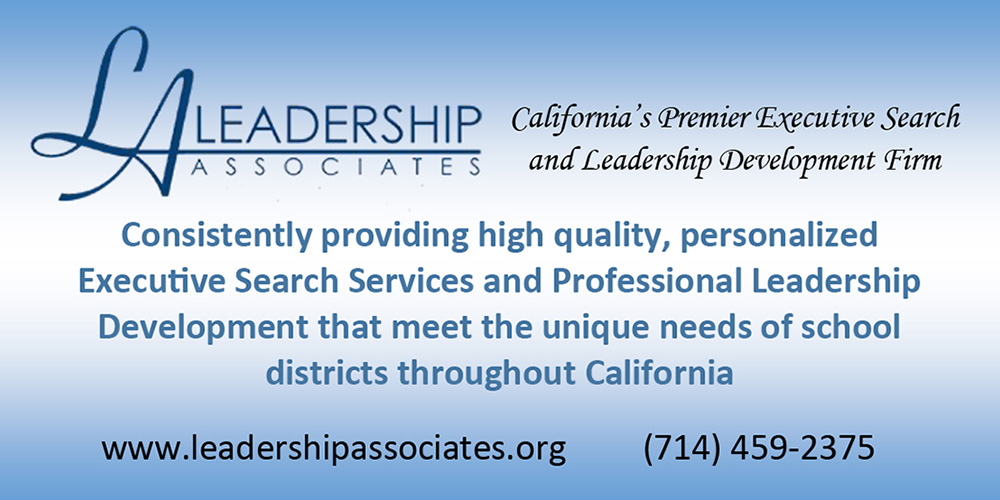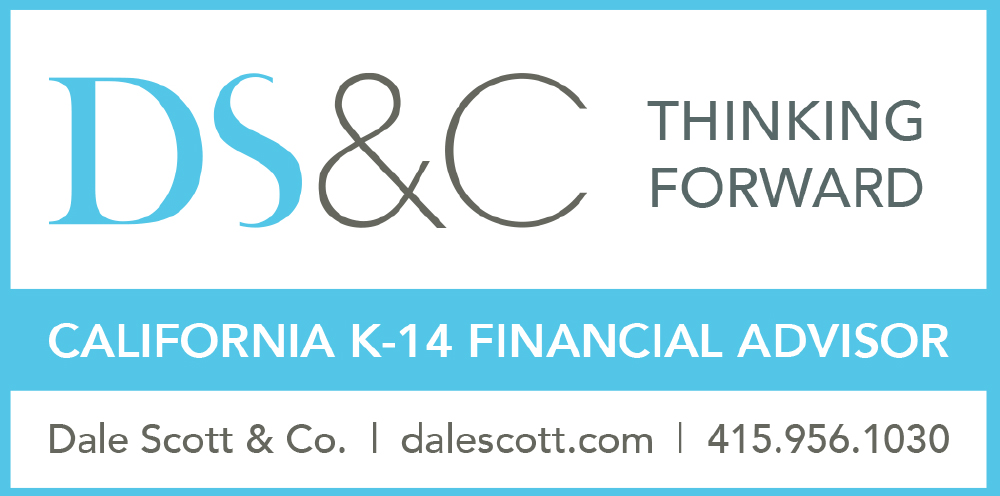The two-year 2023–24 state legislative session ended Aug. 31, which means state Senators and Assemblymembers across the state have headed home for a few months in their districts. This provides a great opportunity for local education leaders to connect with their representatives and build relationships that will strengthen their advocacy year-round.
School board members are critical spokespersons for public education, offering a vital connection to how state and federal policies play out in the real world. It may seem daunting, but remember, school board members are uniquely suited to advocate for public education, as their elected office gives them a full-spectrum view of how local educational agencies operate, the challenges students face and the short- and long-term priorities of LEAs.
The CSBA-led breakout session focused on creating education workforce housing and its relationship to school employee recruitment and retainment.



Also present are achievement gaps and changes in the severity of these gaps over time. “For example, the reading achievement gap for current seventh-graders grew from -0.12 in fall 2023 to -0.18 in spring 2024. This gap is now more than twice as large as it was in fall 2022 for this cohort. In math, the increase in gaps is less dramatic, but in both subjects, initial rebounding in 2021–22 has largely been undone by below-average growth in both 2022–23 and 2023–24,” according to the report. The authors note that middle schoolers need the most support to catch up.

Troy Flint | tflint@csba.org
Editorial Director:
Kimberly Sellery | ksellery@csba.org
Marketing Director:
Monica Griffis | mgriffis@csba.org
Staff Writers and Contributors:
Alisha Kirby | akirby@csba.org
Heather Kemp | hkemp@csba.org
Chris Reefe | creefe@csba.org
Dana Scott | dscott@csba.org
Meghan Russell | mrussell@csba.org
Kristin Lindgren-Bruzzone | klindgren-bruzzone@csba.org
Director of Graphic Design & Branding:
Kerry Macklin | kmacklin@csba.org
Senior Graphic Designer:
Amanda Moen | amoen@csba.org
President:
Albert Gonzalez | Santa Clara USD
President-elect:
Bettye Lusk | Monterey Peninsula USD
Vice President:
Debra Schade | Solana Beach SD
Immediate Past President:
Susan Markarian | Pacific Union ESD
CEO & Executive Director:
Vernon M. Billy
News and feature items submitted for publication are edited for style and space as necessary.

President’s Message: Albert Gonzalez
Contributing to the larger initiative to create more affordable housing in California, the CDE referenced research released by CSBA and conducted by UCLA’s cityLAB and UC Berkeley’s Center for Cities + Schools (CC+S) and Terner Center for Housing Innovation. That report, Education Workforce Housing in California: Developing the 21st-Century Campus, found there are 75,000 acres of developable land on local educational agency properties statewide. The CDE translates that into the possibility of 2.3 million units of housing.
Effective governance teams set clear, measurable goals and approve curricula that meet state requirements. They use historical data and projections to set objectives and regularly assess progress by comparing outcomes to these goals. While boards benefit from understanding academic content standards and statewide assessments that monitor student performance in California, the volume of data can be overwhelming.

“Pandemic learning loss is a gigantic, and still unfinished, problem,” said Nat Malkus, deputy director of education policy studies at AEI, which hosted a forum in July to launch the initiative. “The reason I think chronic absenteeism is the most urgent and top priority is that I don’t see any route to pandemic learning loss being fixed that doesn’t go through fixing this chronic absenteeism rate.”

However, recent research from the National Center for Science and Engineering Statistics and Pew Research Center shows that Hispanic workers only represent about 15 percent of the total STEM workforce, and Hispanic students remain underrepresented in STEM degree programs, relative to all college graduates.
Participating in sports positively impacts physical health and benefits mental health and personal development. Athletics provides students with the opportunity to compete, create lasting friendships, develop leadership skills and build resilience. School athletics also foster a community of connection between students and their school, and engagement in the school’s programs and activities.
The Surgeon General’s advisory lays out the approach the country can take to address firearm violence as a public health crisis. This includes implementing community violence prevention programs and firearm risk reduction strategies, improving access to mental health care for those exposed to or at risk for firearm violence, and expanding research funding to inform and evaluate our prevention strategies.

Bullying occurs in person and involves physical, psychological, social and educational harm; social isolation; rumor spreading and shaming behavior.
Many LEAs have chosen to challenge these lawsuits based on the constitutionality of AB 218. In doing so, those LEAs typically argued that, by waiving the GCA’s claims-presentation requirements, AB 218 created an unconstitutional “gift of public funds.” Among other circumstances, an unconstitutional gift of public funds occurs when the Legislature creates a new, retroactive liability for public agencies.
Originally, the county office, which supports 33 school districts serving nearly 400,000 students, attempted to create a one stop shop. However, a single platform that encompassed public data, secure student-level data and a repository of resources was hindered by technical limitations.
Attention: For more information about events, visit www.csba.org/TrainingAndEvents.
What Board Presidents and Executive Assistants Need to Know About the Brown Act

Thanks for reading our September 2024 newsletter!







